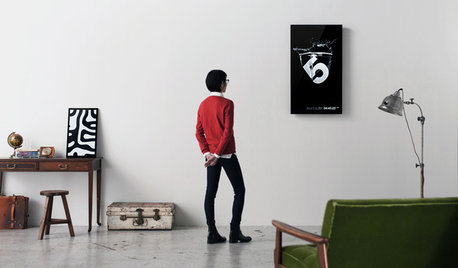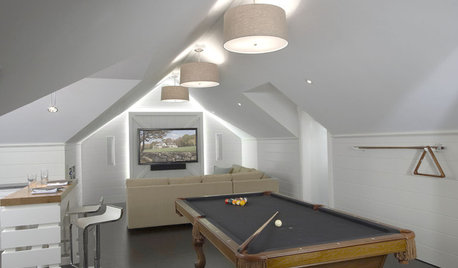Putting more varnish over old?
Fori
11 years ago
Featured Answer
Comments (15)
brickeyee
11 years agoRelated Professionals
Allentown Cabinets & Cabinetry · Palos Verdes Estates Cabinets & Cabinetry · Aldine Carpenters · Emeryville Carpenters · Killeen Carpenters · La Grange Carpenters · Covington Flooring Contractors · Fox Chapel Flooring Contractors · Medford Flooring Contractors · Miami Flooring Contractors · Seekonk Flooring Contractors · Stevens Point Flooring Contractors · Tigard Flooring Contractors · Houston Furniture & Accessories · St. Louis Furniture & AccessoriesUser
11 years agoFori
11 years agomike_kaiser_gw
11 years agoUser
11 years agobrickeyee
11 years agoFori
11 years agobrickeyee
11 years agoFori
11 years agobrickeyee
11 years agoClarion
11 years agolindac
11 years agoFori
11 years agobrickeyee
11 years ago
Related Stories

LIFEYou Said It: ‘Put It Back’ If It Won’t Help Your House, and More Wisdom
Highlights from the week include stopping clutter from getting past the door, fall planting ideas and a grandfather’s gift of love
Full Story
GREEN BUILDINGEcofriendly Cool: Insulate With Wool, Cork, Old Denim and More
Learn about the pros and cons of healthier alternatives to fiberglass and foam, and when to consider an insulation switch
Full Story
DECORATING GUIDESMore Is More: The 10 Tenets of Maximalist Style
Ready to join the school of over-the-top design? Learn how to embrace excess in your interiors
Full Story
SHELVESHow to Gain More Storage With Shelves in Unusual Places
Running out of room to put your stuff? Here are some creative ways to fit in extra shelves
Full Story
ARTNew Digital Art Frame Gets Put to the Test
Our writer sets up the EO1 at home, then invites artist friends over for a look — at images of their own work. See what they have to say
Full Story
HOLIDAYSHalloween and Fall Decorating Ideas to Put You in the Spirit
From easy to involved, for the garden and all over the home, these projects and party ideas will conjure a frightfully festive mood
Full Story
MORE ROOMSTech in Design: Where to Put Your Flat-Screen TV
Popcorn, please: Enjoy all the new shows with a TV in the best place for viewing
Full Story
MORE ROOMS7 Tips to Put Your Attic in Play as a Game Room
Got game? You will when you take your attic off the bench and turn it into an active room for the entire family
Full Story
THE HARDWORKING HOMEWhere to Put the Laundry Room
The Hardworking Home: We weigh the pros and cons of washing your clothes in the basement, kitchen, bathroom and more
Full Story
URBAN GARDENSPut Plants to Work in Small Gardens
Grasses, ground cover and more keep small gardens big on visual interest
Full Story









ForiOriginal Author